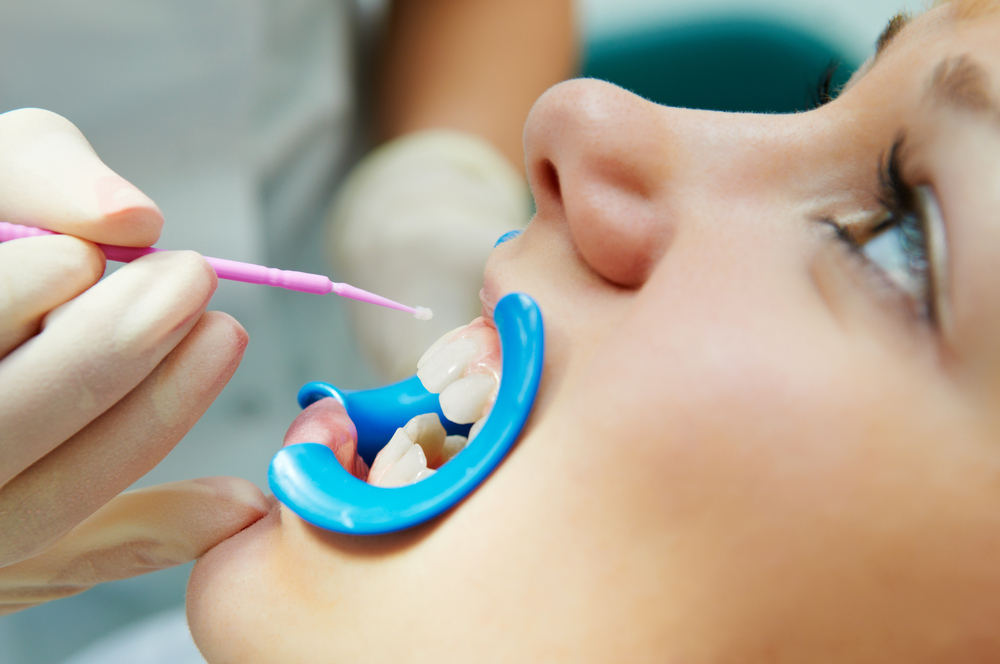What Are Dental Sealants and Who Should Use Them?
Research has shown that dental cavities can end up affecting far more than just the beauty of our smiles. The realization that tooth decay and gum disease can affect our general health, has meant the spotlight is increasingly falling on ways of preventing tooth decay, as opposed to just repairing the damage. As part of this strategy, increasing importance has been placed on the idea of dental sealants.
What are dental sealants?
Sometimes called pit and fissure sealants. Dental sealants are composites which your family dentist in Surrey, BC can apply to your healthy teeth in order to protect those areas which are most likely to fall prey to decay.
Dental sealants come in two main types – those with a resin base and those comprised of glass ionomer cement. Some others have also been developed, which slot in between these two, most combining elements of one or the other.
Sealants are painted onto healthy teeth during a short session in the dentist’s chair. They will generally provide protection against cavities and decay for anything from 5 to 10 years, especially if checked during regular dental check-ups to make sure the covering has not come loose.
Why are dental sealants necessary?
Teeth have to perform several functions and require certain structures to perform each of these. They cut like knives, and work like grinders. They cut, tear, shred, grate and pulp with a frequency and force few single-purpose kitchen or workshop gadgets would be expected to do.
Unlike commercial equipment that performs one, or even a couple of those tasks, they don’t come with a guarantee, can’t be replaced as easily, and are expected to last for life. To top it all, the consequences of teeth operational failure can have disastrous results for one’s general health, leading to gum disease, bone loss and even serious illnesses in other areas of the body.
Not all teeth, or even sections of the teeth, are the same, because some teeth are designed to perform different functions from others. The structure is designed to allow for these functions, resulting in different overall shapes, recesses on the biting surfaces, and grooves or fissures where their job is to chew and grind, as is the case with the back molars.
While essential for function, these grooves and pits make an ideal trap for food debris which allows bacteria to form. They also are the hardest areas to keep clean as they are difficult to reach, even with regular brushing. However, if missed, bacteria-fueled plaque follows and finally tartar forms, with resultant tooth decay and possible gum damage.
Who should use sealants?
A great deal of emphasis has been put on using sealants on children’s teeth. It is sometimes recommended for use on the primary (baby) teeth, but also to protect the teeth of children between 9 and 12 years of age. These years are considered to be a particularly dangerous zone for cavity formation.
Although dentistry has focused its attention on putting sealant on children’s teeth, the procedure is not barred to adults. Age is not an issue when it comes to using this method of preventative dentistry – the only pre-requisite for applying dental sealant is that the teeth to which it is applied must be totally decay-free. This is to ensure that it is not placed over decayed areas, trapping the decay inside.





